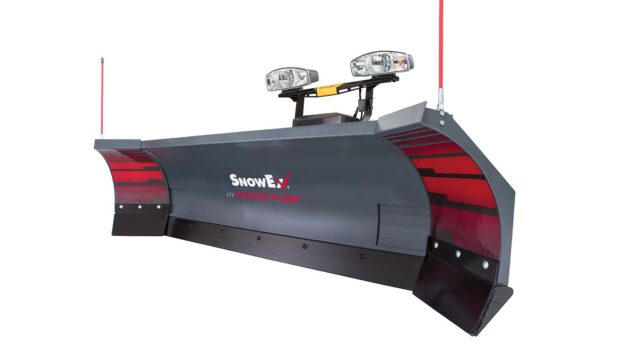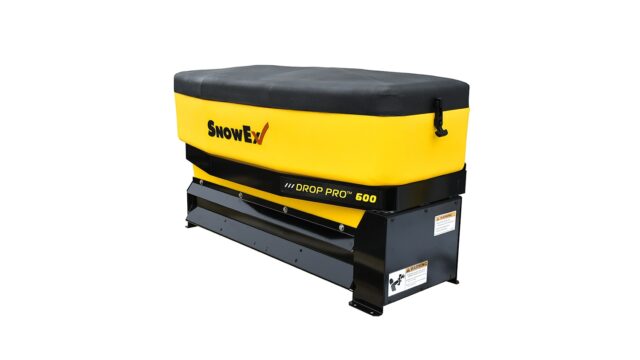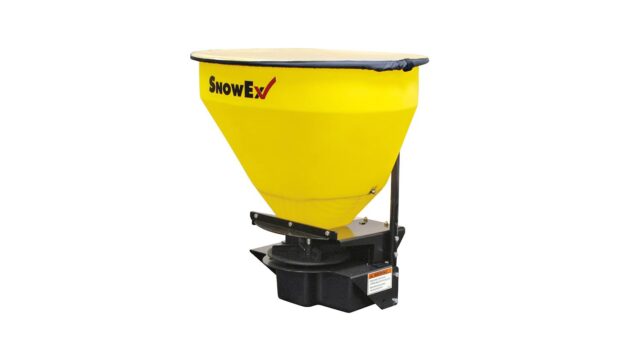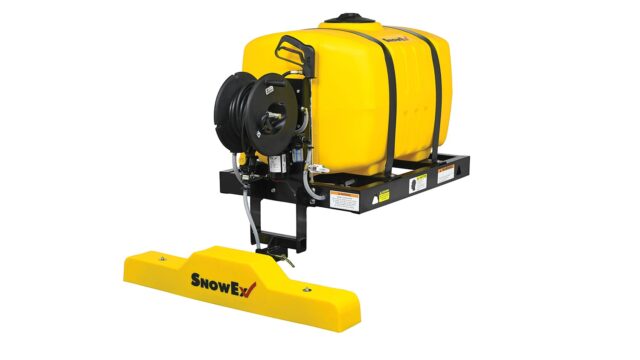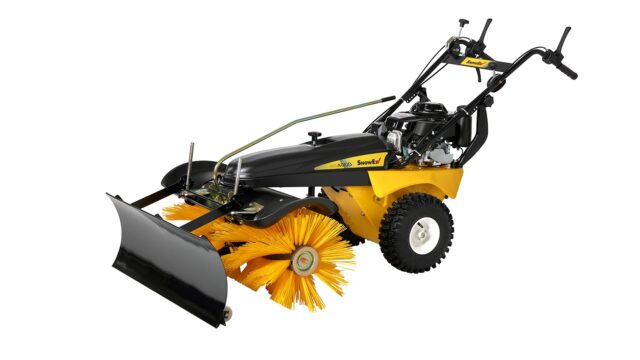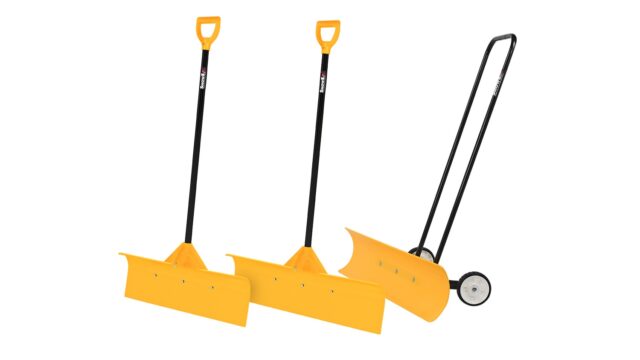Using Technology to Track Your Snow & Ice Control Jobs
Created March 20, 2020

Managing a snow and ice removal company requires a person to wear many hats. To be successful, you must understand more than plowing and spreading – it requires knowledge of running a business. But that’s where many contractors fall short. They don’t often think of things like keeping accurate track of jobsite statistics or providing proper documentation. We didn’t sign up to be lawyers or accountants, did we?
Although running the business side of an operation may seem taxing at times, it can also be very rewarding. By following good practices, you can become more efficient and, in turn, put more money in your pocket. And to help both large and small contractors with this endeavor, some manufacturers have released new products that use job-tracking technology to record important jobsite data, which can literally help get your business on the right track.
Going High-Tech in Snow Removal
While job-tracking technology is a relatively new concept to contractors, municipalities have actually been going high-tech for years with GPS and a variety of other instruments to measure the ground temperature, air temperature and other data. This is done not only to reduce the amount of skill required to drive a municipal winter maintenance vehicle, but also to ensure streets and highways are kept as safe as possible for motorists.
On the other hand, most contractors don’t use such technology when servicing their lots. For many years, they’ve gotten by with using a pen and paper to record everything, such as the date and time of each service, the air temperature, and the estimated amount of material spread on each job.
However, the demand for contractors to track their jobs more accurately has grown. Clients continue to ask for more detailed information, and the nagging issue of slip-and-fall claims requires improved documentation as well. Thankfully, manufacturers have responded to this need by developing job-tracking solutions specifically for contractors. Rather than having all the bells and whistles of municipal gear, the new products instead track the information needed most for the private sector.
Putting Your Snow & Ice Control Technology to Work
Generally, a job-tracking device is mounted in the cab. Then, when a contractor arrives at a lot, he selects the appropriate pre-set job number according to the lot. To start and stop recording data, he pushes a start/stop button on the unit.
The most basic products on the market track the date and time of each plowing or spreading application, but some devices have enhanced capabilities, such as calculating the amount of material spread. This popular feature eliminates the need to estimate material usage, and contractors can accurately keep track of the exact numbers without ever leaving their pickup cabs.
Material tracking is only possible when the manufacturer has implemented a way for the job-tracking device to integrate with the spreader’s controller. This allows the job tracker to monitor the material feed rate. After integrating the devices, the operator must calibrate the system for a specific type of material. Then, the unit can determine exactly how much of that material was spread on a lot according to the feed rate and time elapsed.
Most of the devices on the market save the data to a removable USB memory stick, so contractors can easily upload all the data to their personal computers at the end of the day. From there, they can view everything in a spreadsheet, such as the number of stops made on each job, the amount of time spent servicing the lots and, in some cases, exactly how much material was spread.
A Wealth of Information
By using this technology to its full potential, contractors can save time, improve billing, reduce liability exposure, and improve the overall efficiency of their businesses. For starters, contractors can reduce time travelling between lots because they can press the start/stop button on the fly, rather than stopping to write everything down on paper.
Next, job-tracking devices give contractors a better way to bill, since they now know the exact time spent servicing each account during the billing period. Not to mention, when clients ask for proof of service, the computer print-outs will appear much more professional than a coffee-stained notebook page filled with chicken scratches of vague information.
The same information can also be used as evidence to reduce a contractor’s liability in the case of a slip-and-fall claim. By documenting that a lot was serviced in a timely manner, a contractor can prove he was not responsible for the incident. He can further reduce liability exposure if he uses a job tracker to document that a sufficient amount of deicing material was spread on a lot.
Furthermore, electronic job-tracking devices can help with overall business management. For example, if a contractor employs a couple drivers, he can monitor the amount of time spent and material used on each route. This allows the contractor to correct issues if any of his drivers spend too much time or waste too much material on their jobs.
Additionally, by knowing exactly how much material is being spread on his lots, a contractor can more accurately estimate his salt purchases. This allows him to take better advantage of discounted salt prices at the beginning of the season.
Finally, this type of technology also benefits contractors in an indirect way – by helping them sign new accounts. With job-tracking devices contractors have a new list of selling points when speaking with prospects. They can boast about the ability to provide detailed invoices and enhanced liability protection, and they may even be able to pass down the cost savings achieved by running their businesses more efficiently. Imagine the edge that a contractor can gain over competitors who don’t offer the same.
Snow Removal Job Tracker Benefits for All
Although this technology can benefit contractors of all sizes, the products may be used in different ways. For example, large contractors are most likely to use electronic job trackers to help save money by ensuring their employees are working efficiently. By equipping an entire fleet with these products, contractors can measure the performance of each driver and keep a close eye on material usage. On the other hand, this benefit does not apply to one-man operations who understand their own performances first-hand. And other small contractors may not see as much of a need, either, as they may already have a good grasp on the few employees and trucks they have.
However, small contractors who are less business-savvy may benefit most greatly from a billing standpoint. While many large organizations may already have software in place for billing clients, most small contractors lack such a sophisticated system, so job-tracking devices help fill this void.
No matter how it’s used, job-tracking technology is likely to benefit everyone in some way. Whether the goal is to improve billing, reduce liability exposure, keep better track of drivers or all of the above, the new products on the market can help contractors achieve these results better than ever. And considering the amount of money that can be saved, this is one technology that’s easy to adopt.









